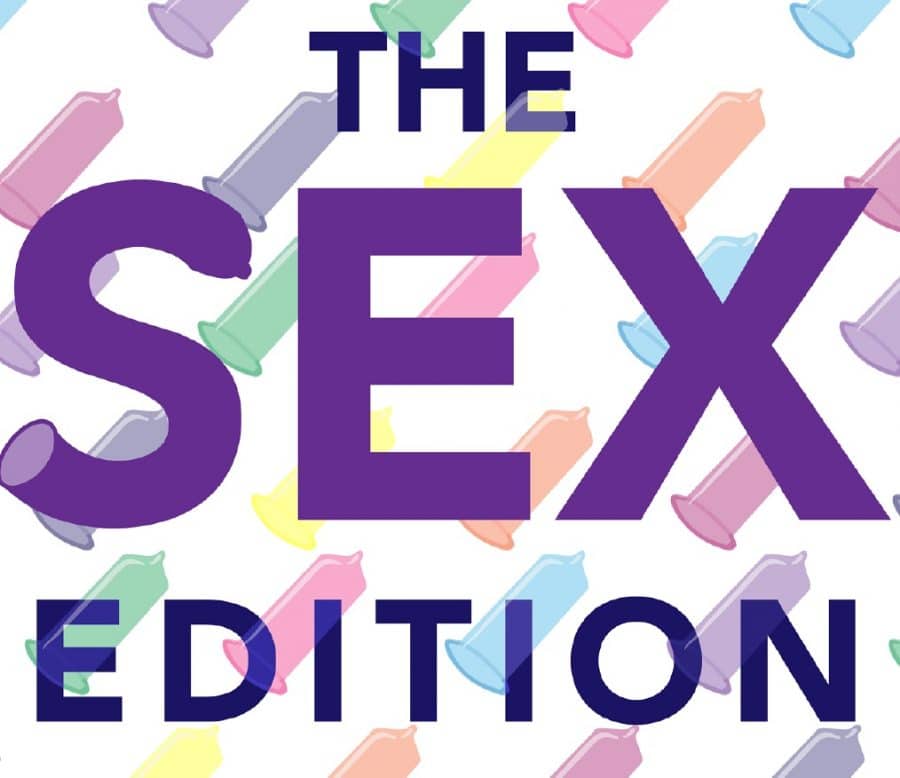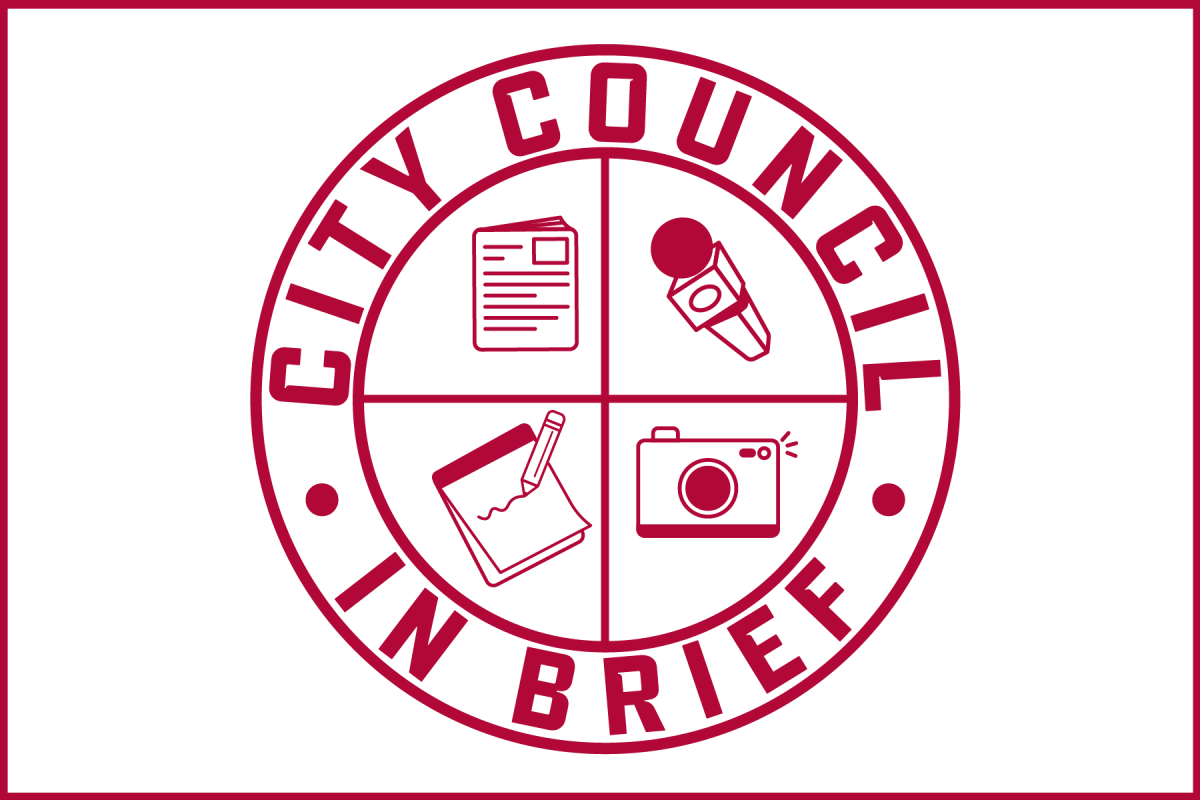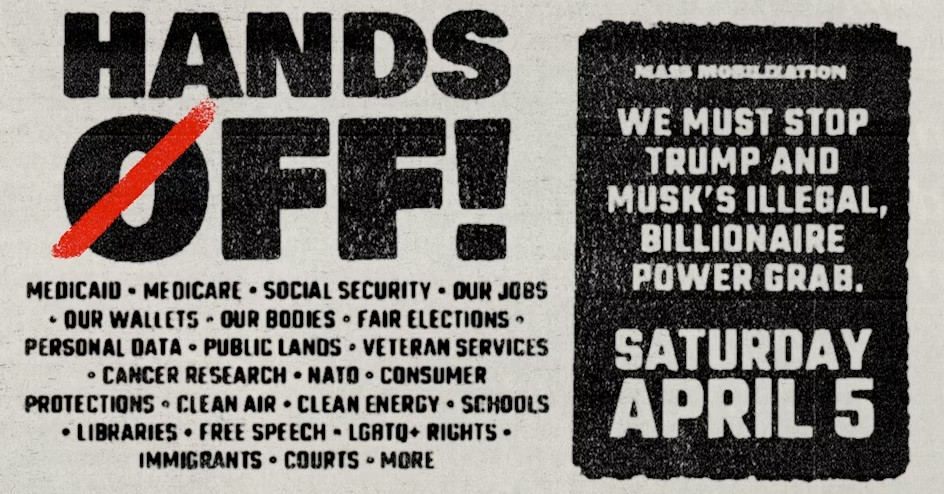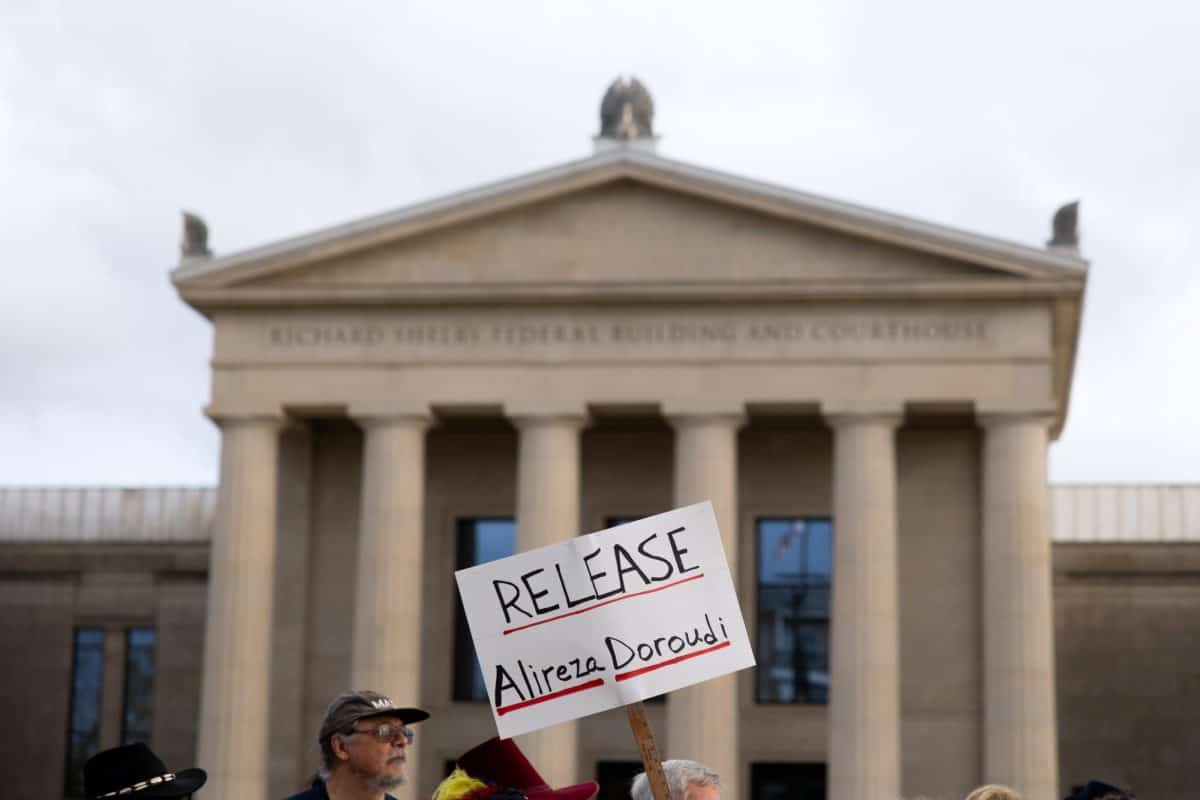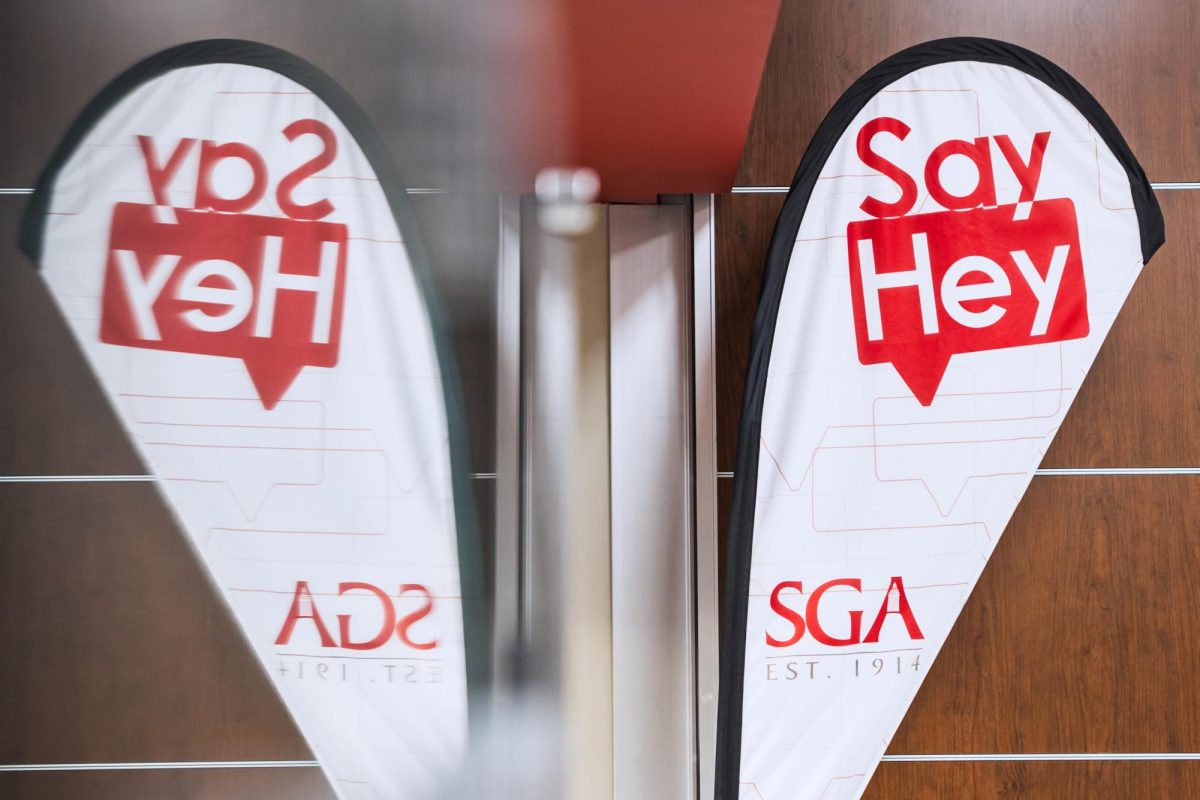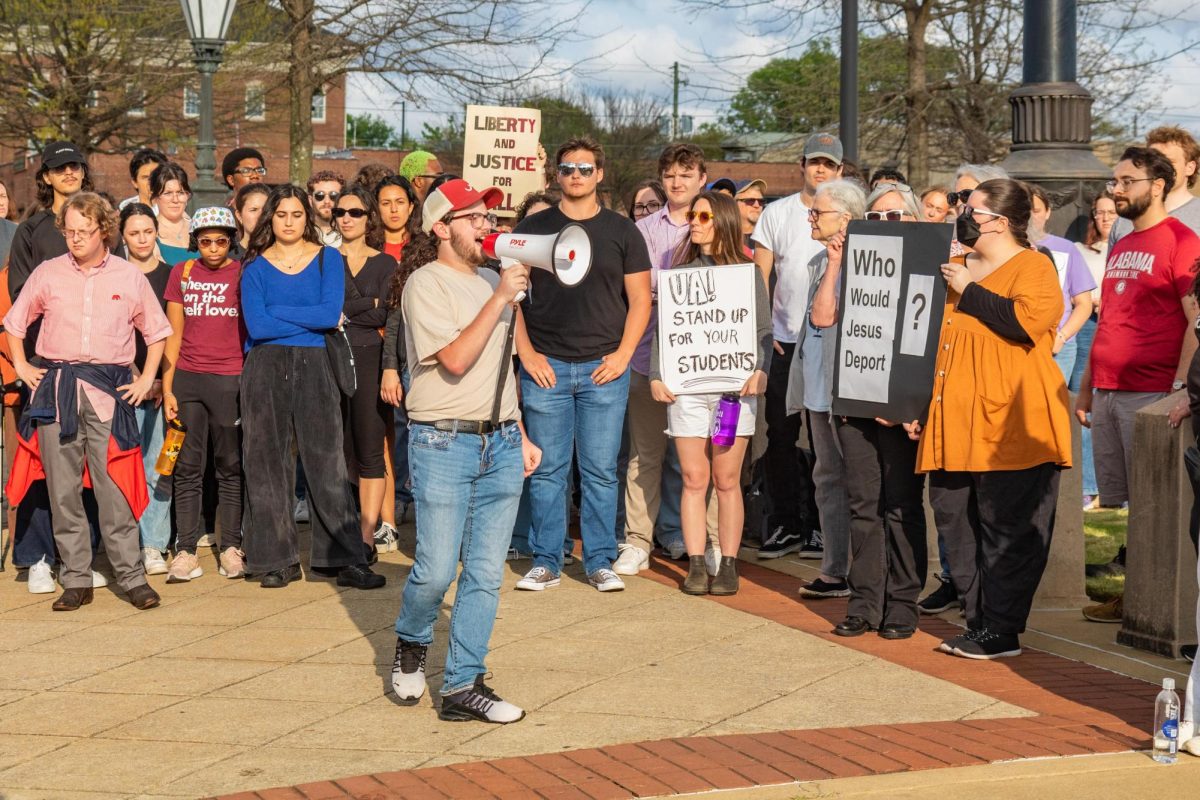Names have been changed for the privacy and protection of sources.
As more states and the federal government have given legal status to members of the lesbian, gay, bisexual, transgender and queer community over recent years, such as the Obergefell v. Hodges Supreme Court case that legalized same sex marriage nationwide, the LGBTQ+ community has become a more integrated and visible part of society. However, no law can mitigate the stereotypes, stigmas and misinformation that are often attributed to queer relationships.
According to a report commissioned by the gay rights organization GLAAD, the Gay and Lesbian Alliance Against Defamation, the progress toward acceptance has slightly shifted in the opposite direction. Compared to 2016, more non-LGBTQ+ Americans in 2017 reported being uncomfortable learning their doctor, children’s teacher or family member is LGBTQ+, 31 percent said they are uncomfortable seeing a same-sex couple holding hands and 37 percent said they are uncomfortable with their child having a lesson in LGBTQ+ history in school.
Kendell Wilson, president of Spectrum, The University of Alabama’s student LGBTQ+ group, said that, because she is pansexual, meaning her attraction to another person is not limited by biological sex or by gender identity, she knows some of the stereotypes that queer couples can face and that they affect the way she approaches relationships.
“The stereotypes that come along with being pansexual are that they can’t make up their minds or that they’re greedy or they’re ‘slutty,’” Wilson, a junior political science major, said. “Whenever I approach a relationship, that’s a lot of my partner’s fear, like I’m never going to be satisfied or happy with just them. So even though I make it known that I’m monogamous, they’re still a stereotype that I’m going to want something else, which isn’t true. If I’m with someone, I’m happy with just them.”
People involved in queer relationships are often viewed as hypersexual by society, making it difficult for heterosexual, cisgender people to understand or respect LGBTQ+ relationships, Wilson said.
“I’m very open about my sexuality,” Wilson said. “If I’m looking to get into a relationship with a straight man, I know that sometimes that can be off-putting and make them uncomfortable or it’s like I’ve viewed as this super-sexualized being. Usually if I’m looking to date another queer person, I’m generally met with a better understanding of my identity.”
Part of the territory that comes along with being in an LGBTQ+ relationship is knowing when and where to show intimacy. The implications of sharing a kiss or holding hands in public can sometimes generate harassment or the threat of violence from homophobic people.
“There’s catcalling, there’s heckling and booing and the threat of physical altercations when a queer couple displays any sort of affection,” Wilson said. “So that’s a fine line that I hear members of Spectrum talk about, saying, ‘Well I want to go to this party with my partner but I also don’t want to be harassed for being together.’”
AJ, a sophomore psychology major, said she has encountered stereotypes in speaking to non-LGBTQ+ students, such as people asking questions about the sexual roles in lesbian relationships, often without realizing their comments are actually homophobic.
“When it comes to relationships, there’s always the stereotyping of, ‘who’s the guy and the girl in the relationship?’” AJ said. “Neither one of us is technically the ‘guy’ in the relationship because we always switch things up.”
AJ also said that her experience with sexual education class in school was very limited to heterosexual couples and that she was left to her own devices to educate herself on lesbian sexual relationships.
“When it came to straight sex or non-straight sex, I didn’t know what any of that was about,” AJ said. “I learned everything that I learned through Google … When you’re not in the hetero-normative, that just makes it even worse because everything that you find that talks about [LGBTQ+ sex]… is super sexualized and there’s a lot of straight white men fetishizing [lesbians].”
Alabama Code 16-40-A2 says that class materials in relation to sex ed or STDs must include “an emphasis, in a factual manner and from a public health perspective, that homosexuality is not a lifestyle acceptable to the general public and that homosexual conduct is a criminal offense under the laws of the state.”
Alabama is one of seven states where it is illegal to include LGBTQ+ information in public school sexual education classes, often called “no pro-homo” laws by LGBTQ+ rights activists. Wilson recalls her experience in her home state of Texas, one of those seven states, hearing a sex ed class that seemed to ignore young LGBTQ+ kids completely.
“For LGBTQ kids in middle school or high school, the first time they talk about sex in class, it only mentions straight sex, like the textbook definition,” Wilson said. “Then the only other sex ed that’s given preaches abstinence as the only thing that’s gonna keep you safe and that even thinking about having sex with someone of the same gender means that you’re going to Hell. That’s extremely traumatizing and can prevent people from wanting to come out or get into a relationship.”
Lizzie Smith Emerson is a graduate assistant for the Safe Zone resource center, which provides information on sexual orientation and gender identity and expression. She said she has heard many students talk about their struggles of trying to explain their sexuality to others.
“That struggle often creates a lot of stigma that leads to people not coming out and not being open about their sexuality,” Emerson said. “They’re afraid that they’re going to be assumed to be broken instead of finding support and understanding. They need to be told that LGBTQ identities are part of who people are; there’s nothing wrong with you if you’re queer and the education system should reflect that.”



